|
First things first: bison or buffalo? Bison is the scientific and more accurate term. Bison are not buffalo, like the African buffalo (Syncerus caffer) or water buffalo (Bubalus bubalis). The word "buffalo" has had a long usage on this continent and has accumulated so many layers of cultural resonance that it has also become an acceptable term. There have been many ancient ancestors to our modern bison. Possibly arriving on the continent during one of the ice ages, Bison priscus, or steppe bison, may have originated in Siberia. Perhaps here as early as 600,000 years or as late as 300,000 years ago, B. priscus was larger than the modern bison, measuring at the shoulder about six and a half feet. B.priscus' horns were about one and a half feet in length. After B. priscus died out, Bison latifrons became dominant. This bison was approximately 20 percent larger than modern bison, standing over 8 feet in height, with 7 foot horns. Bulls may have weighed as much as 4,000 pounds. It is the largest bovid ever found. This species was mainly located in the western part of the continent and may have arrived here 300,000 years ago. Following B. latifrons was Bison antigus, much smaller bodied with smaller horns. This is the most common large herbivore found in the La Brea tar pits. They existed here for only about 12,000 years, to be replaced by Bison occidentalis. Again, notable for a smaller size than previous species, with horns that pointed upwards and not forward, B. occidentalis occupied the continent for some 5,000 years. Bison bison, the modern bison, is the smallest bison species to ever occupy North America but is also the most prolific. Arriving between 12,000 to 10,000 years ago, estimates as to number have varied over the years, but scientists now agree that about 30 million bison roamed over the Great Plains, a vast grassland formed after the last ice age about 10,000 years ago. By the time of European settlement, B. bison were found in all parts of the present United States, except for the states of Connecticut, Rhode Island, New Hampshire, Vermont, and Maine, grazing in open grasslands around the edges of forests. It was in the 19th Century that bison numbers dwindled down to almost extinction level. Reasons for this are varied and are still debated by scientists. Climate change was a factor, with long periods of drought affecting the grasslands. The settlement of the West reduced grassland habitat. European reintroduction of the horse to the continent greatly improved the efficiency with which native tribes hunted the animal. In 1869, the transcontinental railroad was completed, while the next year a new tanning process was developed that made bison hide much more pliable. With the new tanning process and an efficient means to get the hides to market, the demand for buffalo hides exploded. It is estimated that as many as 5,000 hide hunters, armed with the latest in firearm technology, descended on the plains, killing millions of bison. This may or may not have been sanctioned by the military, looking for ways to keep hostile tribes in check by diminishing their food supply. This is a controversial topic, not resolved presently. On the other hand, it was in the 19th Century that measures began to be taken to protect bison. In 1872, Yellowstone was made the country's first national park, with a population of bison grazing its grasslands. In 1894 the Lacey Yellowstone Protection Bill was passed to protect all wildlife in the park, including the last 25 wild bison of Yellowstone. In 1905, the American Bison Society, composed of politically powerful men, was founded to help save the bison and make the public aware of their dire situation. Teddy Roosevelt, then President of the the United States, was made honorary president of the society. This was followed in 1908 by the creation of the National Bison Range in Montana, established to protect wild bison from extinction. These measures of protection led to a number of growing wild herds. More recently, The Nature Conservancy has taken steps to insure the continuation of wild bison herds roaming free in restored prairie habitat. Wind Cave National Park in South Dakota has maintained genetically pure (no cattle genes) bison but can only sustain 500 animals. Partnering with Lame Johnny Creek Ranch, a privately owned ranch in South Dakota, The Nature Conservancy maintains a herd originally from Wind Cave, to increase the genetically pure bison at "satellite" sites in various locations. These bison can now be found at Broken Kettle Preserve in Iowa, Dunn Ranch in Missouri, Tallgrass Prairie National Preserve in Kansas, Midewin National Tallgrass Prairie near Joliet, Illinois, and our own Nachusa Grasslands. On May 9, 2016, President Barack Obama signed into law the National Bison Legacy Act, making bison the United States' National Mammal. It is a hopeful sign that a mammal that once ranged freely across the entire continent in the millions, and then was almost lost to extinction, is once again making a comeback.
You too can be part of the legacy of protection by supporting organizations that protect their habitat. Visit http://www.nachusagrasslands.org/donate.html to see how you can help. __________________________________ Sources Lott, Dale F. American Bison: A Natural History. Berkeley, CA: University of California Press, 2002. Flores, Dan. American Serengeti: the Last of the Big Animals. Lawrence, KS: University Press of Kansas, 2016. Savage, Candace. Prairie: A Natural History. Vancouver, B.C.: David Suzuki Foundation, 2004. The Nature Conservancy. "Putting Bison Back on the Prairie." (2016). Retrieved from: http://www.nature.org/ourinitiatives/regions/northamerica/unitedstates/northdakota/explore/putting-bison-back-on-the-prairie.xml. ____________________________________ This week's blog was written by Charles Larry, a volunteer and photographer at Nachusa. To see more of his images, visit charleslarryphotography.zenfolio.com.
0 Comments
Your comment will be posted after it is approved.
Leave a Reply. |
Blog CoordinatorDee Hudson
I am a nature photographer, a freelance graphic designer, and steward at Nachusa's Thelma Carpenter Prairie. I have taken photos for Nachusa since 2012. EditorJames Higby
I have been a high school French teacher, registered piano technician, and librarian. In retirement I am a volunteer historian at Lee County Historical and Genealogical Society. Categories
All
Archives
January 2024
|
CONNECT WITH US |
|
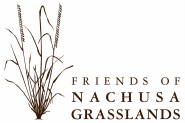
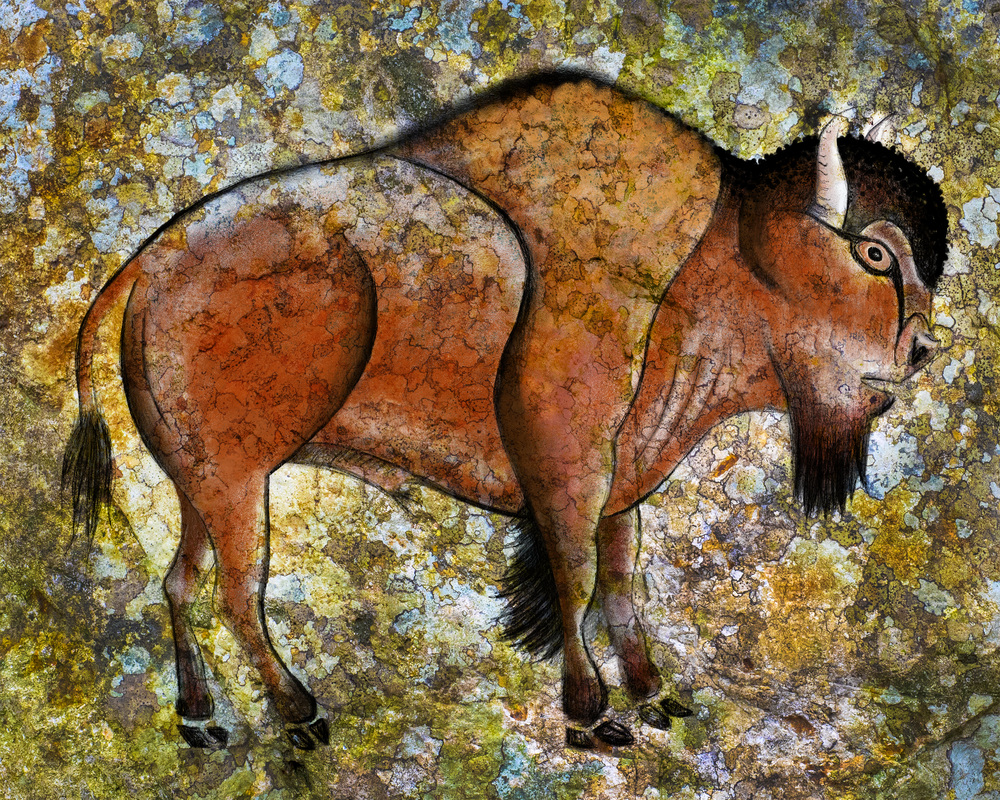
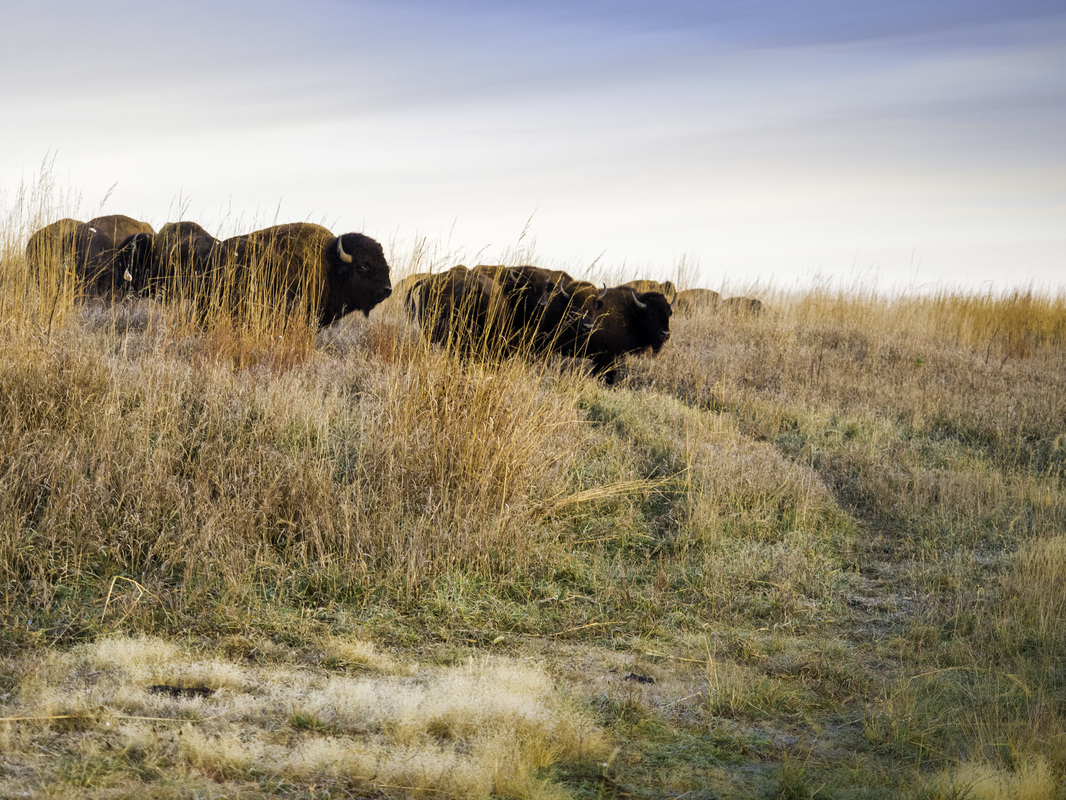
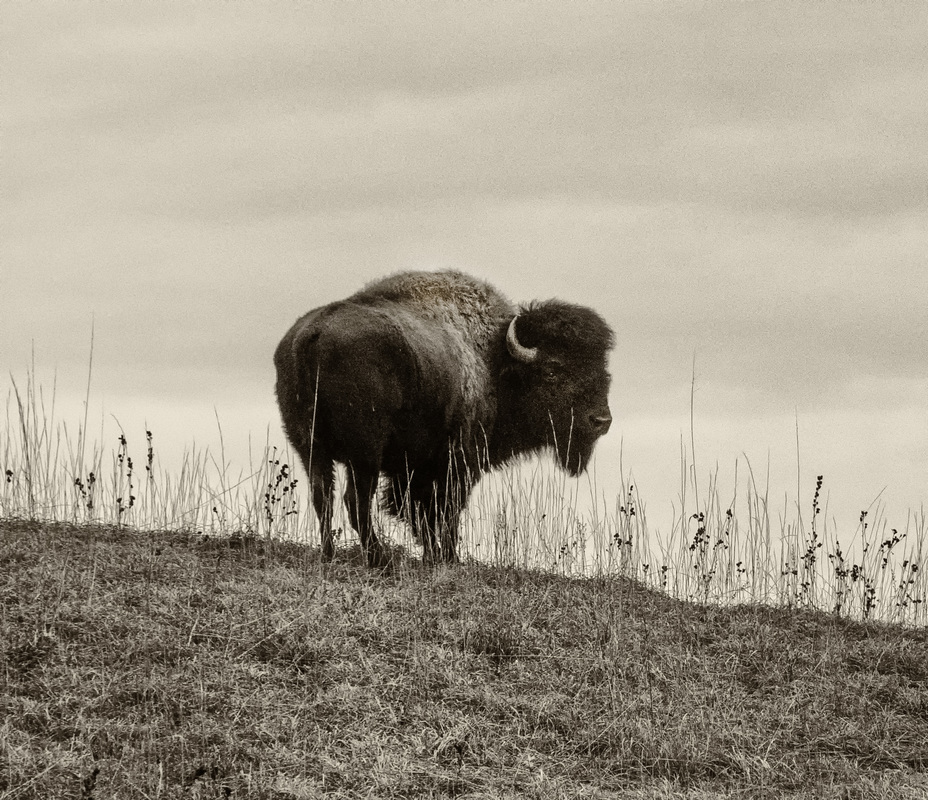
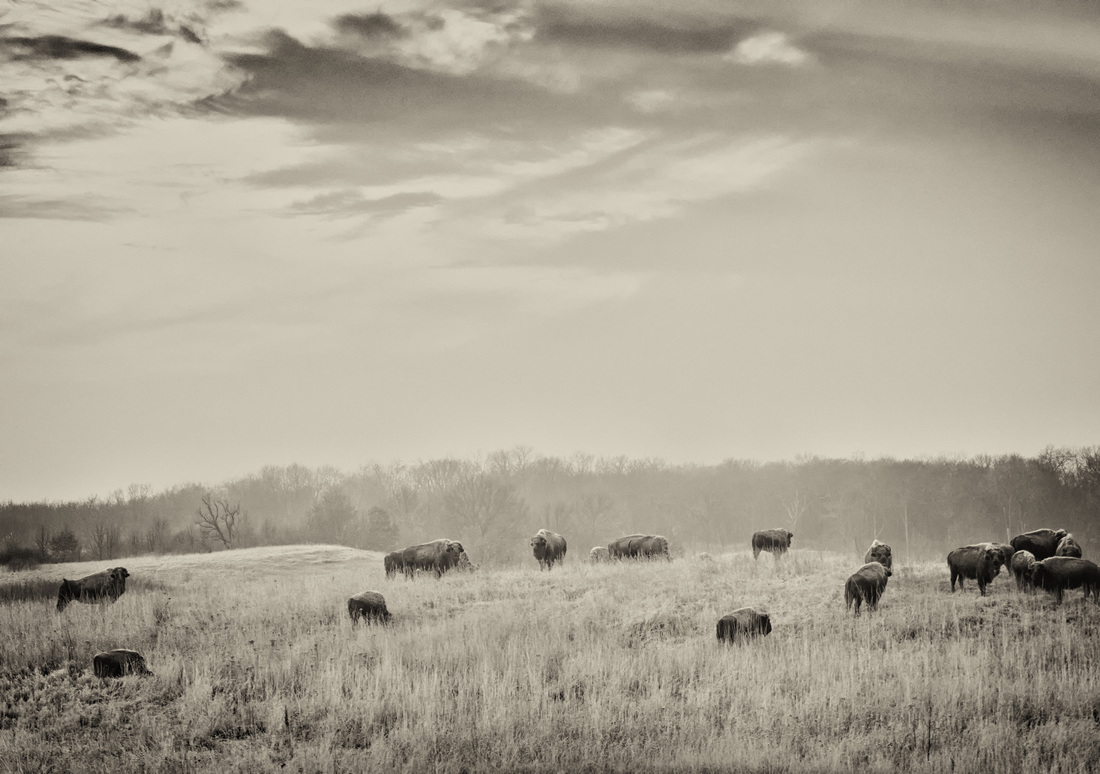
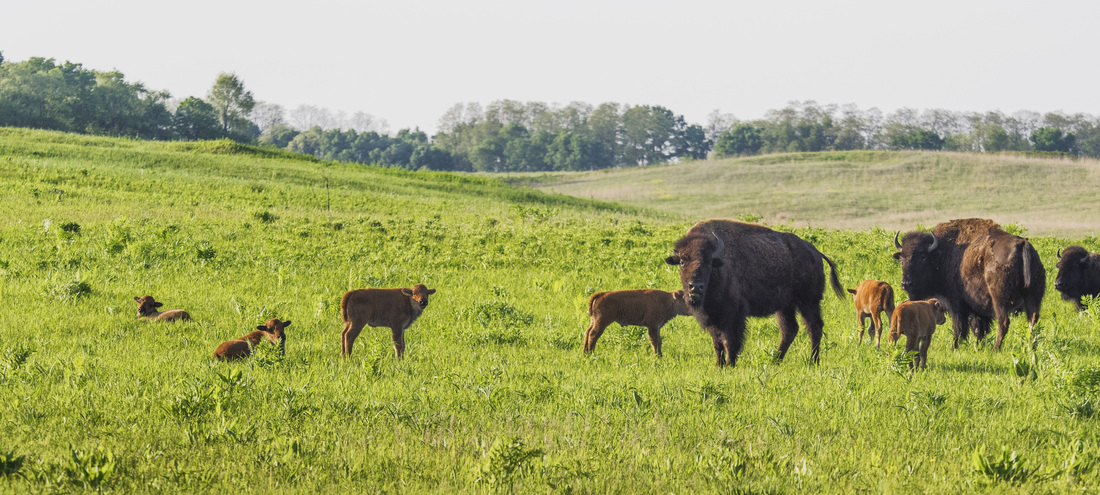
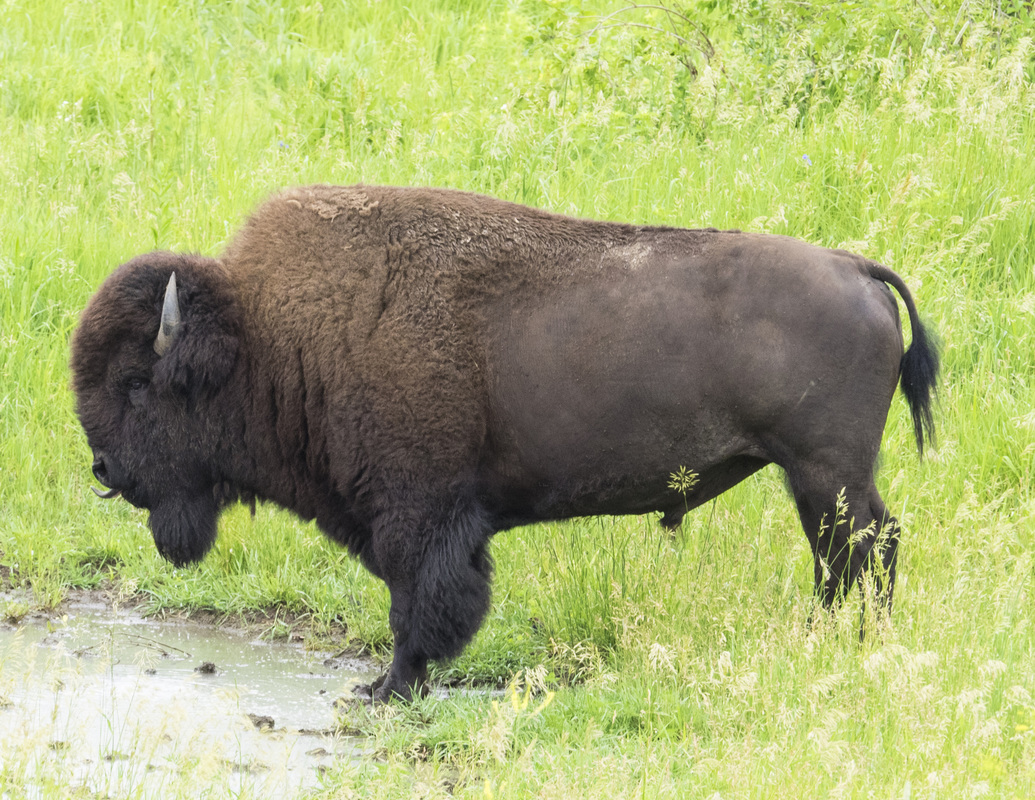
 RSS Feed
RSS Feed